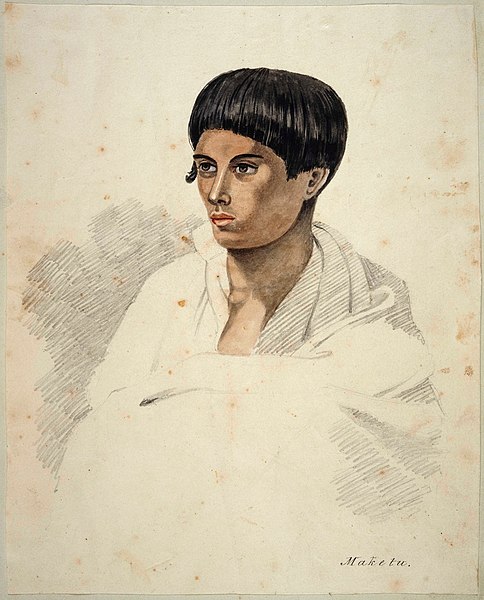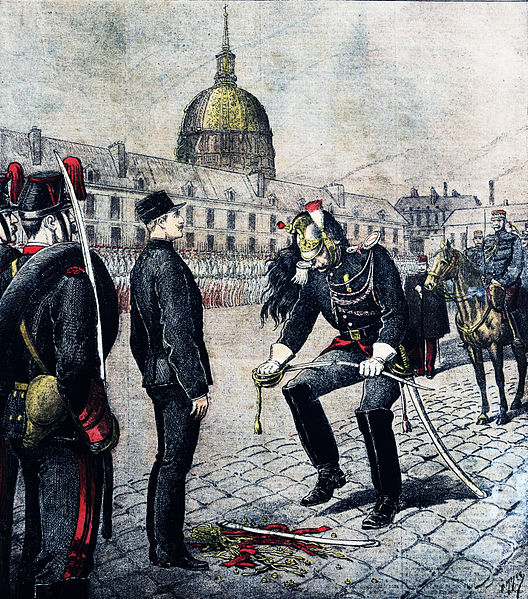Capital punishment in New Zealand
Capital punishment – the process of sentencing convicted offenders to death for the most serious crimes and carrying out that sentence, as ordered by a legal system – first appeared in New Zealand in a codified form when New Zealand became a British colony in 1840. It was first carried out with a public hanging in Victoria Street, Auckland in 1842, while the last execution occurred in 1957 at Mount Eden Prison, also in Auckland. In total, 85 people have been lawfully executed in New Zealand.
Execution Box from museum in New Zealand
Drawing of Maketū, the first person formally executed in New Zealand
Death certificate of Minnie Dean. On 12 August 1895, Dean was hanged at Invercargill gaol after being found guilty of infanticide, becoming the only woman ever to have been executed in New Zealand.
Treason is the crime of attacking a state authority to which one owes allegiance. This typically includes acts such as participating in a war against one's native country, attempting to overthrow its government, spying on its military, its diplomats, or its secret services for a hostile and foreign power, or attempting to kill its head of state. A person who commits treason is known in law as a traitor.
A 17th-century illustration of the leaders of the Gunpowder Plot, a failed assassination attempt against James I of England.
5 January 1895: The treason conviction of Captain Alfred Dreyfus.
Russian political activist Vladimir Kara-Murza was sentenced to 25 years in prison for treason and other offences
Engraving depicting the execution of Sir Thomas Armstrong in 1684 for complicity in the Rye House Plot; he was hanged, drawn and quartered.







